A Story of Origins by Leonide (Lennie) Martin
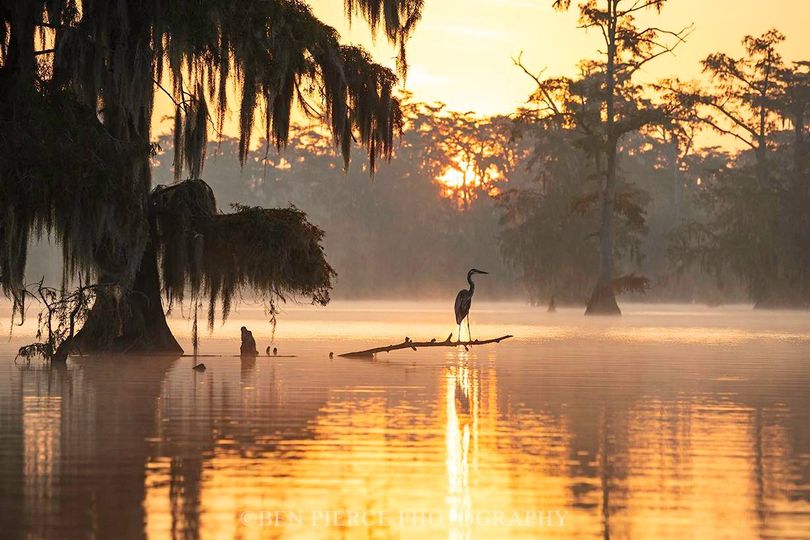
Growing up along the Mississippi River just above New Orleans, I was surrounded by French culture and language. My grandparents and many family members spoke French, but sadly, I didn’t learn it. There was a campaign to “Americanize” us and English was the language of business and success. Not all French people were alike, and I was aware of status based on education and prosperity. Cajuns were at the low end when I was growing up. My family was toward the higher end. This origins story is about how I was able to answer the Cajun question.
I have French heritage on both sides, but more in my paternal lineage involving the Martin and Vial families of St. Charles and St. John the Baptist Parishes. These families are intertwined with “double marriages” (brother-sister pairs from both families) and cousin marriages that often needed priest’s dispensation. Over generations they were local leaders in education, business, and politics. Their ancestors had arrived in New Orleans and upriver parishes in the mid-1700s from France, St. Domingue (now Haiti), and Acadia (now Nova Scotia, Canada). The Martin-Vial family has lived for seven generations in New Orleans and the Acadian Coast, as the region is called. Entering the 20th century they were professionals, merchants, and large-scale sugar planters.
When I was around eight years old, I asked my mother “Do we have any Cajun blood in our family?” Her response struck me, conveying shock and disdain: “Certainly not!” It stayed in my mind over the years. I wondered about her emphasis on not having any Cajun connections, since South Louisiana is full of them and we have so much French in our family. There were many who identified as Cajun among my friends and neighbors. But, I also knew there was a pervasive bias against Cajuns among my family’s social circles.
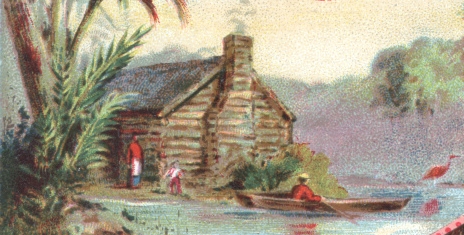
To understand the Cajun issue, it’s necessary to examine their history and cultural evolution. The term Cajun came into use during the early 1900s, a corruption of “Cadien” which is the shortened version of the French spelling Acadien (Acadian). The Acadians were French settlers who came to Nova Scotia in early 1600s, in a region they called Acadia. They created a unique farming culture and prospered for over three generations, reclaiming marshland using a French dike system (aboiteaux) to develop rich soil that made the region a bread basket for Europe. Acadia was also rich in furs and fishing, desirable lands hotly contested among European powers. It changed hands among France, England, and Scotland ten times in just over 100 years. After the final British victory in 1710, the Acadians lived in an uneasy status as French neutrals until their expulsion in 1755. The British wanted to give their rich farmlands to “good English-speaking Protestants” and essentially confiscated properties, shipping over 12,000 Acadians into exile in France and along Atlantic seaboard British colonies, none of which wanted them.
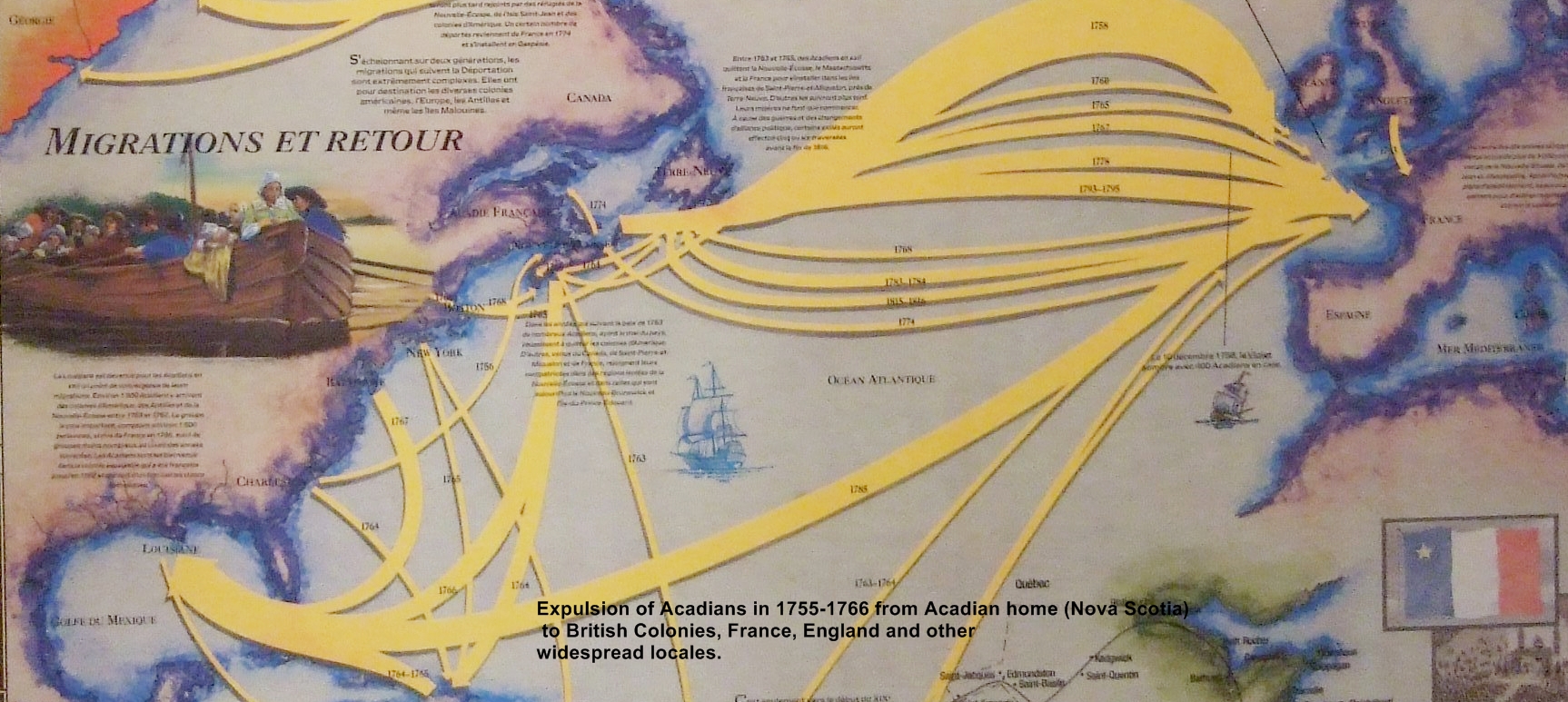
This Acadian diaspora is now considered violation of international law and ethnic cleansing, for which Queen Elizabeth II made amends in 2003. About 4,000 Acadian refugees made their way to South Louisiana, settled along the Acadian Coast and re-established their culture. Gradually they became Cajuns, whose preference for simple living, enjoying life, and tight kinship bonds led to being stereotyped as lazy, fun-loving, and unambitious ignoramuses living in shacks out on the bayou. Two world wars and economic opportunities led to mainstream lifestyles for many, and now Cajun culture is admired and celebrated for its cuisine, music, and festivals.
Over 60 years after I questioned my mother, I was drawn back to examine our Cajun connections. My oldest daughter Kathi Bonnabel had become the family historian and said we had Acadian ancestors. She invited me on an ancestor quest to Nova Scotia and New Brunswick, home to large groups of Acadians. Some family surnames such as Bourgeois, Leblanc, Bujol, and LaTour were common there. We made a pilgrimage to places they lived including Grand Pré and Beaubassin, and took part in celebrating National Acadian Day in Bouctouche.
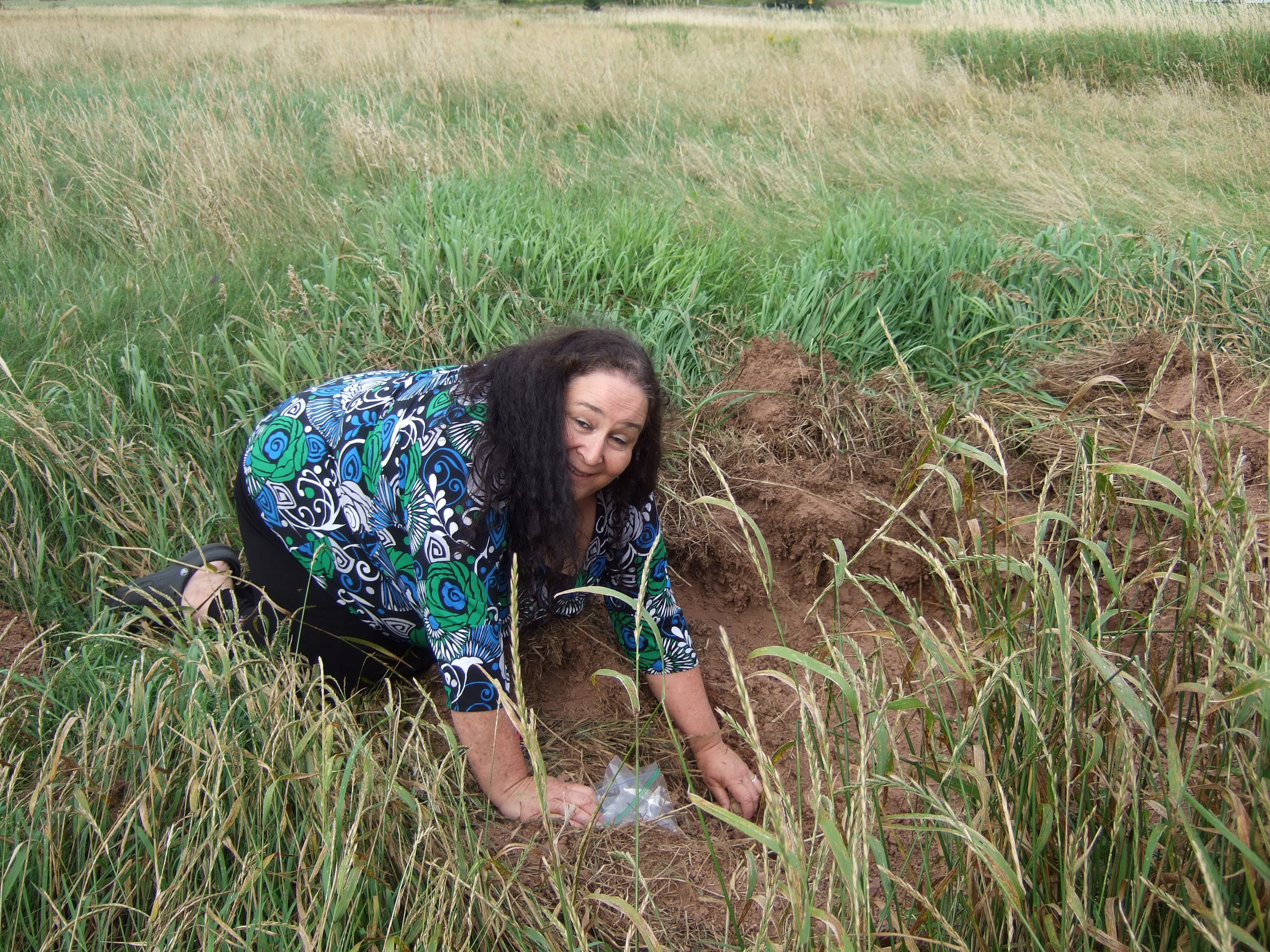
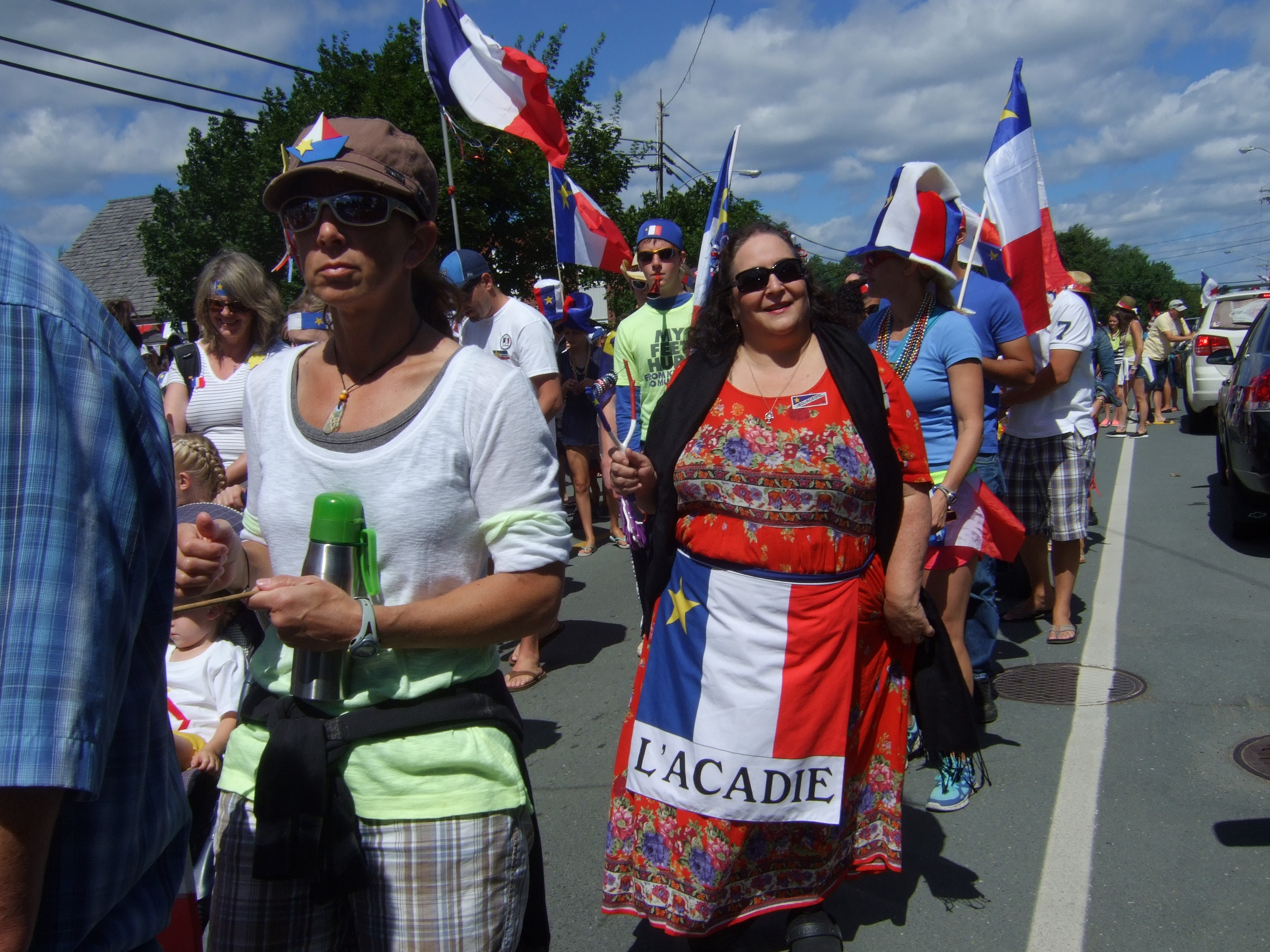

After this, I was hooked on genealogy. I decided to research the Vial family, which had several Acadian ancestors. My maternal grandmother was Leonide Mary Vial, she married J.B. Martin. Drawing heavily on my second cousin Wayne Vial’s extensive Geneanet tree, I traced backward from my grandmother for 11 generations, mostly through maternal lines, to Charles Amador de St. Étienne de LaTour. This distinguished ancestor was a French founder and Governor of Acadia in the early 1600s. His first wife was a native First Nations Mi’kmaq called Marguerite Membertou, daughter of Sagamore (Chief) Anli-Maopeltoog Membertou (Catholic name Henri). From them our Acadian line descended; four generations in Acadia, the last generation was expelled by the British. My ancestors were exiled to the Maryland colony, where they suffered hardships but did better than most, able to depart after 10 years and come to New Orleans. This family settled in Donaldsonville, in Ascención Parish.
Tracing our Acadian roots took nearly 10 years; Kathi and I worked together with help from cousins Corinne Martin and Wayne. Acadians reused given names frequently, finding maiden names was difficult, even surnames overlapped as we discovered two separate branches of Bourgeois, one Acadian and one directly from France. Once in Louisiana, the Acadians married into Spanish and French Creole families. “Creole” was a term used to describe someone whose family was European but they were born in the New World. Eligible daughters to marry military and government men where suitable women were scarce, and upward social mobility were driving forces for this. Marguerite Bujol was the last purely Acadian ancestor; she married Juan Francisco Vicente Chevalier Vives, a Spanish military commander, in 1780. The next five generations continued marrying Creole families and there was no further infusion of Acadian blood.
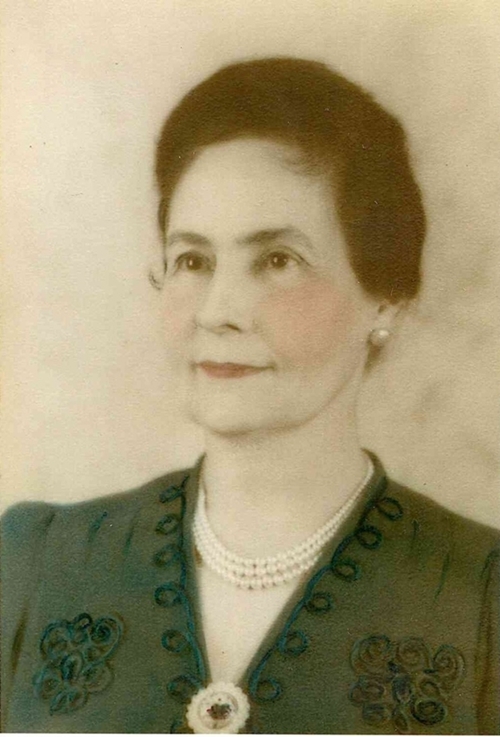
By my grandmother’s generation, the proportion of Acadian genes was reduced to 3.125%. Culturally the Vial-Martin family was completely Creole and had forgotten our Acadian roots. Even the Creole concept was faint and we were Americanized, with a French twist. My father was 1.56% Acadian and I’m a mere 0.78%. While we can say that we have Acadian heritage, my mother was conceptually if not technically correct—we don’t have Cajun blood, because what remained of it had turned Creole.
But, our Acadian origins remain precious to Kathi and me. Our efforts to trace the family lineage led to publishing a book: Upriver Families: Acadian Roots and Creole Heritage (Made For Success Publishing, Issaquah WA, 2022). The book goes by generations, describing the families, societies, and historic events surrounding each. It also tells the story of how the Vial and Martin branches were separated by a feud during the 1940-50s and got reconnected during our genealogical research. We describe several famous, curious, and notable relatives and their contributions to society. With this exploration of origins and reconnections among families, we are affirming our abiding love for places and people with tangled roots and colorful, complex heritage.
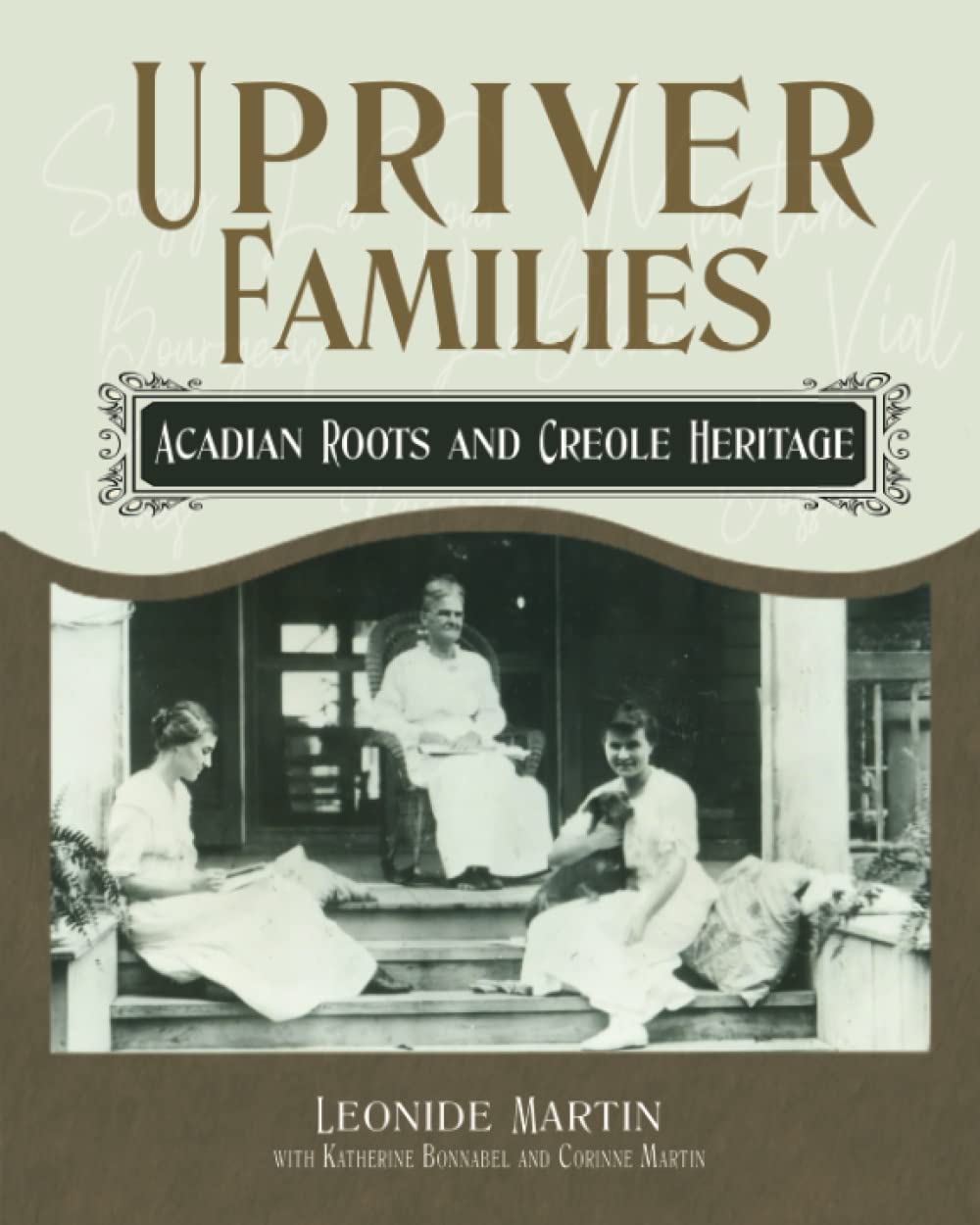


Fascinating Lennie. I am so got wrote this and sent it.
I am in SLC for mom’s 98th.
Glenn will be in Saudi the end of Feb. Now we no longer have doggies I can come see you.
I will really look forward to see you both. It will take a couple of weeks to figure out when.
🌹🌹🌹
Glad you liked it! My blog has taken a new direction as you see. Now I’m delving into genealogy and family history, and there’s lots of interesting material there! Hope you have a ice visit with your mother. We’re eager to see you too, and await hearing details for your visit here.
Love this new direction, Lennie! Eager to see you uncover more of your genealogical history!
Wonderful story. I live in New Brunswick, and my late father’s father’s parents (my great grandparents) were Acadian. My grandfather was Alphie Brun. In the late 1800s he anglicised his name to Alfred O’Brien. He is a direct descendant of the 1st Acadian Brun, Vincent Brun. My grandmother Cecelia Surette is a direct descendant of the 1st Surette, Pierre Surette. In May 2023 I visite Louisianna, in particular St. Martinville, Breaux Bridge, Loreauville and Lafayette to meet – for the 1st time ever – my distant Acadian cousins. It was a wonderful and emotional visit
Thanks for your comment, Mike. In my Acadian family’s ancestors are many Bruns who married into athe Bourgeois family which eventually led to my more recent ancestors in Louisiana. No doubt we’re related, if distantly! Your visit to Acadiana around Lafayette and meeting cousins sounds fabulous. I lived in Lafayette from age 6-12, and have always been fond of the city. Most of my Acadian derived relatives live in St. Charles and St. John the Baptist parishes, though my brother lives in Lake Charles and cousins in Houma and New Orleans. What amazing journeys so many Acadians had, and its great to realize so many still live in New Brunswick and Nova Scotia.